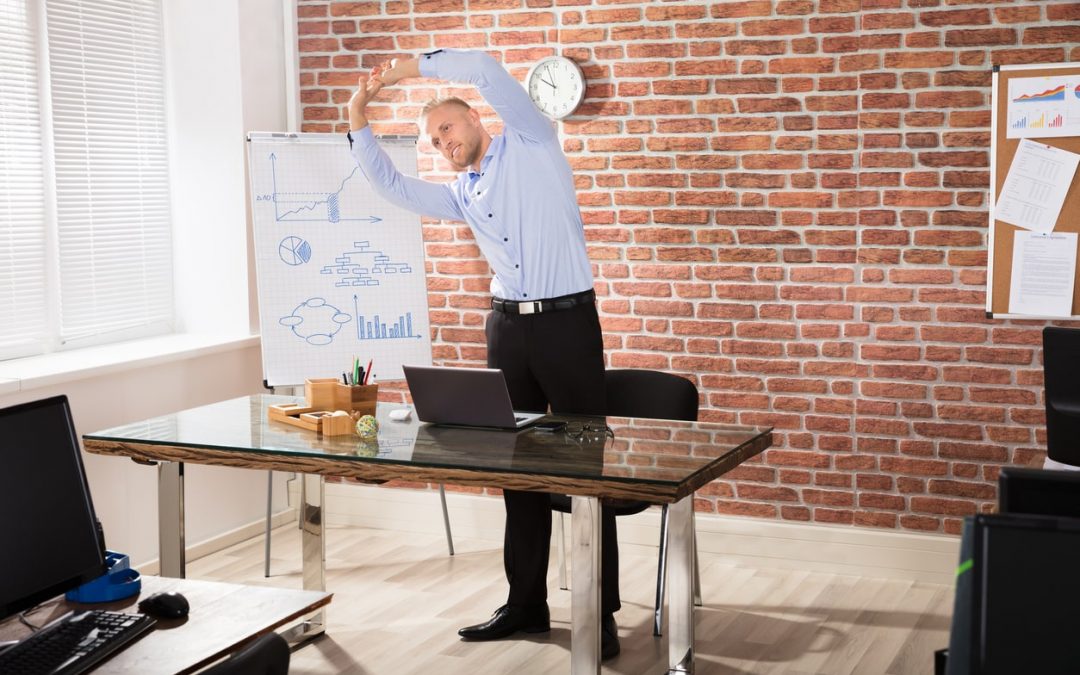The “Sitting Disease”
The “sitting disease” is a term used to describe just how dangerous sitting is for your body. As technology continues to advance, humans are becoming more and more sedentary. Research shows that the average person spends 12 hours a day sitting, which has been proven to change the body’s physiology in several unhealthy ways. Sitting for long periods of time has also been linked to metabolic syndrome, which is a cluster of conditions including increased blood pressure, high blood sugar, excess body fat around the waist, and abnormal cholesterol or triglyceride levels. Together, these conditions increase the risk of heart disease, stroke, diabetes, obesity, cancer, and even premature death. This might sound intense and scary, but it’s the truth. Luckily, there is good news! Making simple lifestyle changes can help prevent most, if not all, of these health concerns.
Stand Up and Move More
The best possible lifestyle change you can make for optimal health is to stand up and move more! These two changes have to go hand-in-hand as one, though. Research shows that exercise will not work as compensation for too much sitting. Those who perform the minimum recommended 150 minutes of physical activity per week but still spend most of their day sitting, are still subject to the negative health affects of sitting. In addition, a recent study proved that standing more will not compensate for low amounts of physical activity. While standing does burn more calories than sitting or laying down, it does not get your heart rate up or burn enough calories to help maintain a healthy weight. The best option is to choose to stand more throughout the day while also including your 150 minutes of physical activity per week. For those that work in an office, here are some tips for incorporating standing and moving into your work day:
1. Remember WELCOA’s “Sit for 60, Move For 3” policy. Every hour, take a bathroom break, walk around the office, walk up and down the stairs, or simply stretch. This not only gets you moving, but it will also reset your creativity and productivity for the next hour.
2. Walk to your co-worker’s desk to ask a question rather than calling or emailing them.
3. Walk during the second half of your lunch break.
4. Take advantage of standing desks.
5. Walk to the other side of the office to use the printer or to throw something away.
6. Schedule your workout times for the week so you stick with them.
The Benefits of Standing Up and Moving More
As soon as you begin to sit less and incorporate more movement into your daily routine, you will immediately begin to feel the benefits. This healthy combination increases your energy and productivity levels, lowers your stress and anxiety, improves your mood, and boosts your metabolism. Over time, you will also begin to notice you have better posture and less aches and pains. You will also begin to see muscle tone and definition. In the long run, sitting less and moving more reduces your risk of heart disease, diabetes, obesity, and early mortality.
For more information and for links to research articles on this topic, visit JustStand.org!



